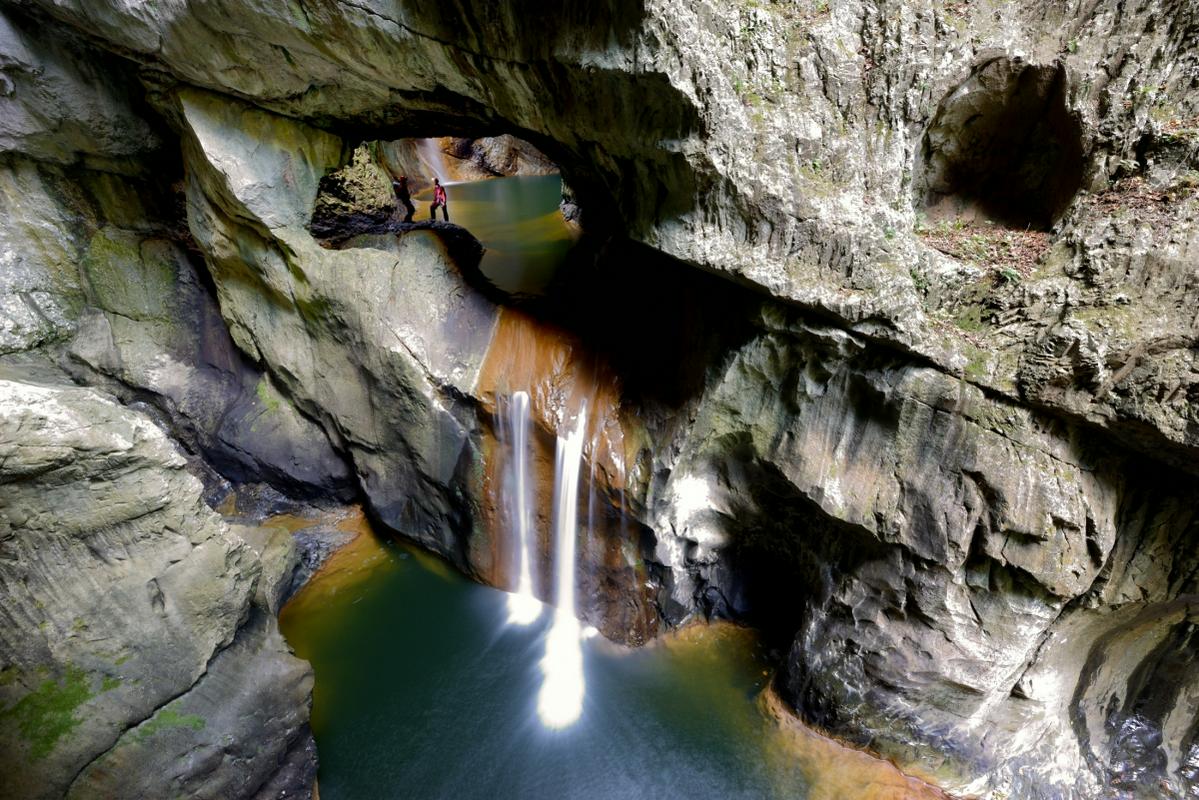
Does the large number of visitors result in increased temperatures and excessive humidity? Does it affect the growth of stalactites and stalagmites? How do natural phenomena such as precipitation, droughts, and incursions of warm and cold air affect the flora and the fauna of the cave? For several months, researchers from the Postojna-based Karst Research Institute have been attempting to answer these questions. The research project will last another two years and will cost 400,000 euros. Funding for the study has been provided by the Slovenian Research Agency and the Škocjan Caves Park.
Last year, the lights were turned on in the Škocjan Caves numerous times. Stanka Šebela is a member of the Postojna-based institute and is studying how the visits affect the growth of ferns and other plants and what the visitors have introduced to the cave environment: "Visitors tend to bring in substances from the outside. For instance, we don’t clean our shoes before we enter the cave, and our breathing can affect the cave environment."
If a large group of people spends a long period of time in the cave, does the temperature or the amount of carbon dioxide in the air increase? The study will include data that has been gathered by the Škocjan Caves Park over the past several years, while new data will continue to be collected over the next two years, Šebela explains. "We are measuring carbon dioxide, humidity, air temperature, water temperature, as well as the number and frequency of visits per day."
Quick response in case of problems
Several years ago, an optical cable was installed in the Škocjan Caves. This makes data from the caves available to researchers in real time. If problems appear, this enables them to respond immediately. During the winter months, visits to the caves have already been modified, explains Borut Peric from the Department for Research and Development: "We modified our tour because we know that bats tend to gather on the ceiling of the Rudolf Chamber. We redirected the visitors to the lower trail, which we’ve also repaired."
As part of the study, the Škocjan Caves will be equipped with a permanent monitoring system. The findings will be applicable on a global scale, since other caves around the world face similar problems.

































































